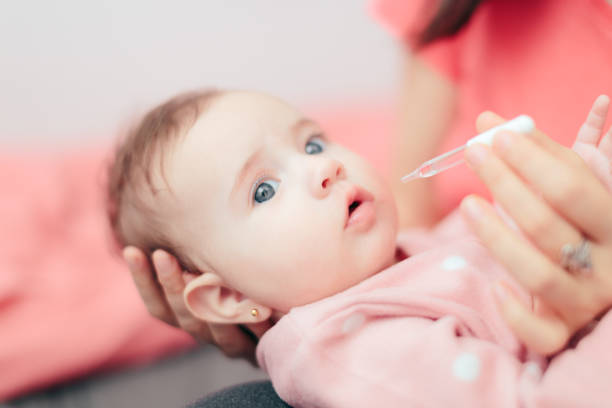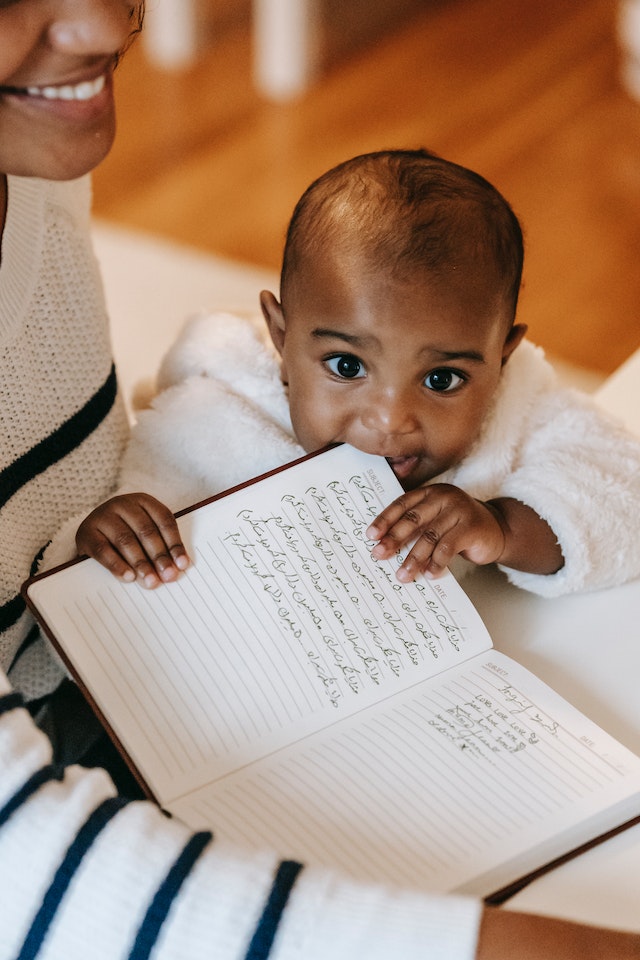Pregnancy is a beautiful journey that can be filled with excitement,
anticipation, and a whole lot of questions.
One question that women who have had a
previous cesarean section (C-section) may ask is,
“how long should I wait to get pregnant again?”.
While there is no one-size-fits-all answer to this question,
there are a few factors that women should consider when
deciding how long to wait before trying to conceive after a C-section.
The first factor to consider is the type of incision made during the C-section.
The most common incision is a low transverse incision,
which is made horizontally across the lower part of the uterus.
This type of incision is the safest and has the lowest risk of complications during subsequent pregnancies.
Women who have had this type of incision can typically wait 18-24 months before trying to conceive again.
The second factor to consider is the reason for the previous C-section.
If the C-section was due to a medical condition that could
potentially impact future pregnancies,
it may be necessary to wait longer before trying to conceive again.
Women should consult with their healthcare provider to determine the appropriate wait time.
The third factor to consider is the woman’s overall health.
It is important for women to allow their bodies time to heal and recover after a C-section.
Women who have had a C-section may have a higher risk of complications during subsequent pregnancies,
such as placenta previa, which occurs when the placenta covers the cervix.
Waiting at least 18 months after a C-section can help reduce this risk.
Another important consideration is the timing of the pregnancy.
Women who conceive too soon after a C-section may have a higher risk of complications, such as uterine rupture.
Waiting at least 18 months after a C-section can help ensure that the uterus has had time to heal and reduce the risk of complications.
It is also important for women to discuss their plans to conceive with their healthcare provider.
Women who have had a C-section may need additional monitoring during
pregnancy to ensure the health and safety of both the mother and baby.
![]()








